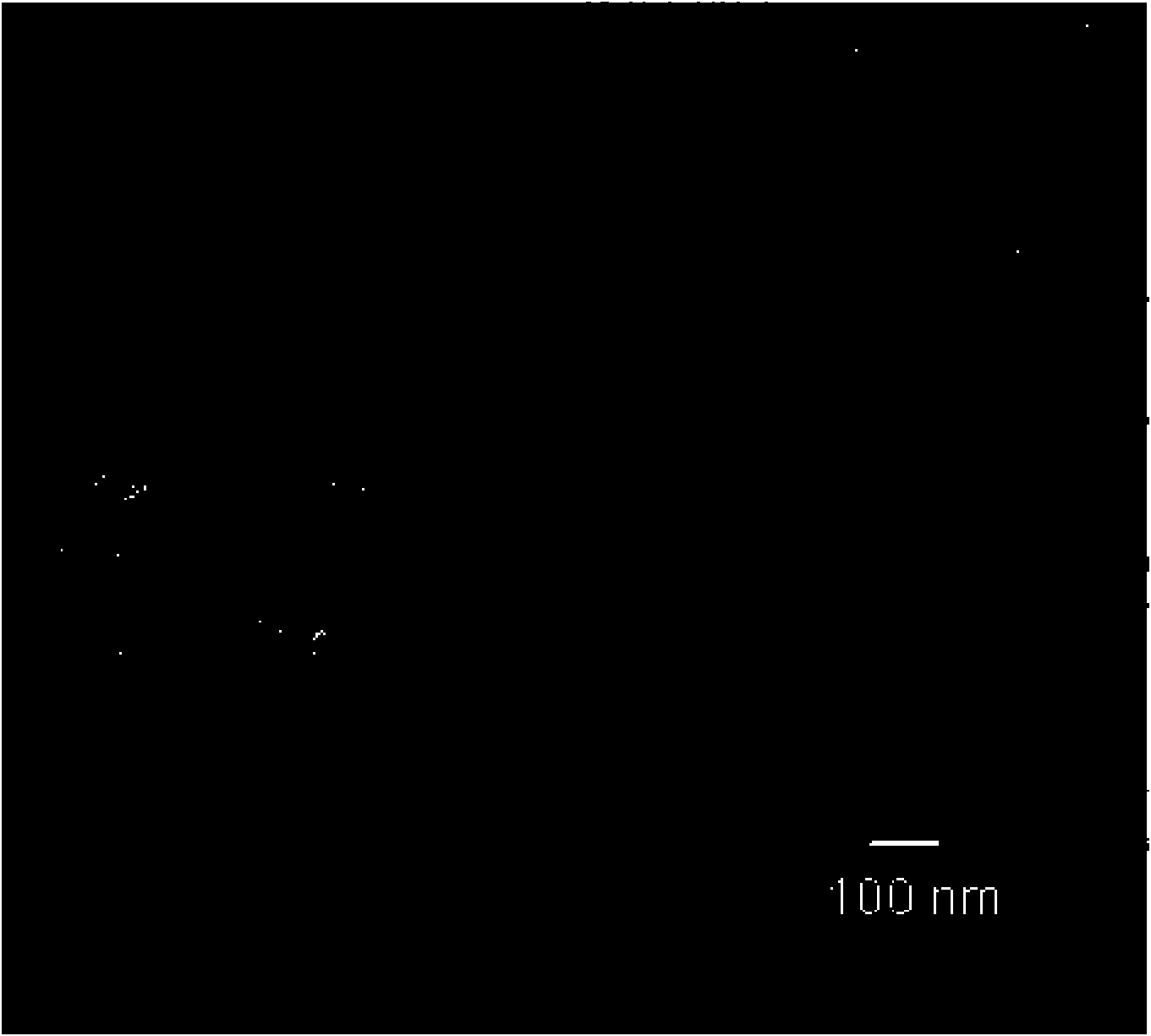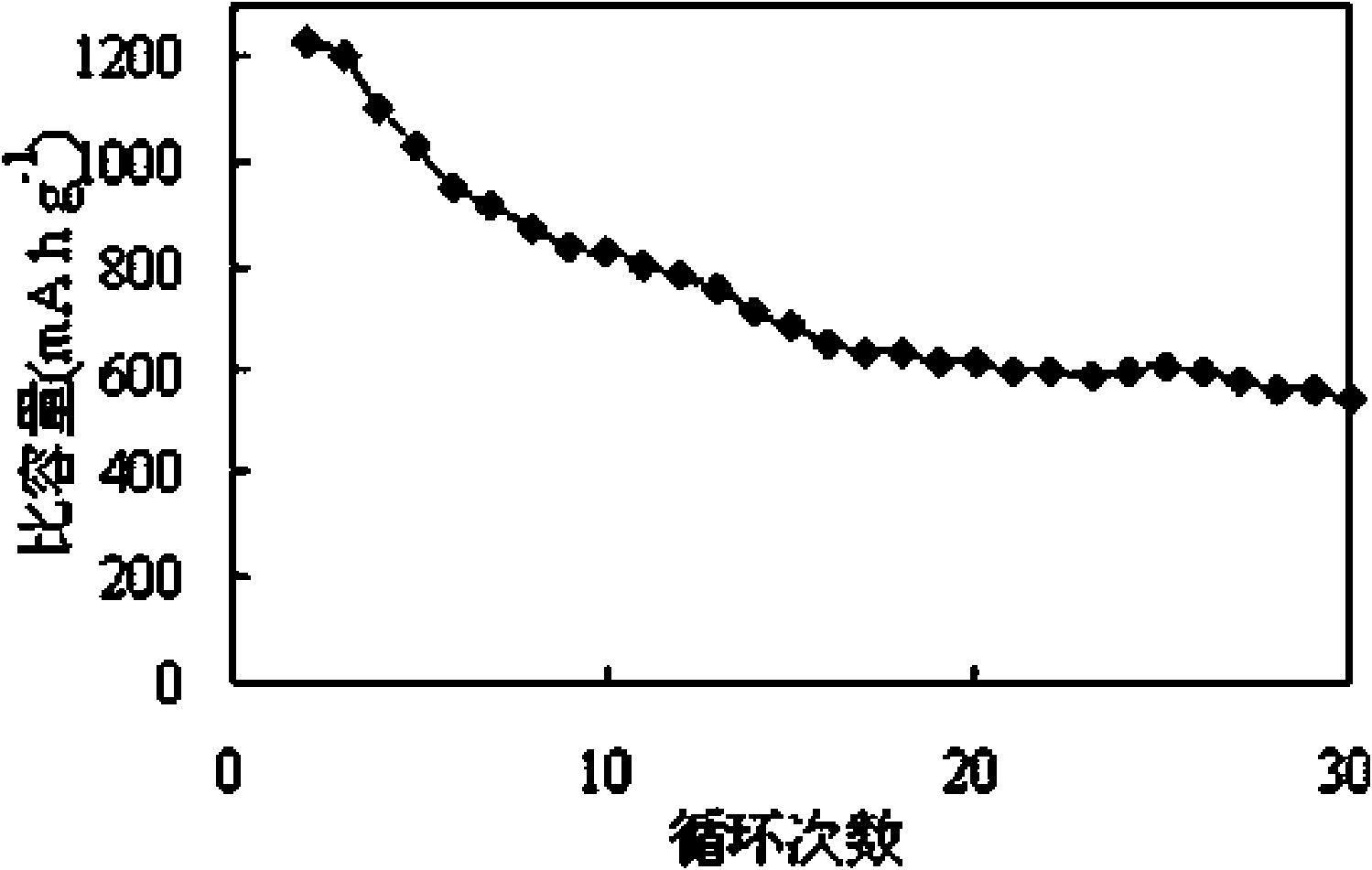Method for preparing tin dioxide nano hollow sphere comprising nano rods and application in lithium battery
A tin dioxide and hollow sphere technology, applied in nanomaterials and their application fields, can solve cumbersome problems and achieve the effects of high purity, excellent performance and low cost
- Summary
- Abstract
- Description
- Claims
- Application Information
AI Technical Summary
Problems solved by technology
Method used
Image
Examples
Embodiment
[0012] Add 0.054g of stannous sulfate into 50ml of ionized water, then transfer the aqueous solution of stannous sulfate into a stainless steel reaction kettle with a polytetrafluoroethylene substrate, conduct a hydrothermal reaction at 200°C for 1 day, and wash and filter the obtained product with deionized water 3 times, drying at 70°C for 4 hours to obtain high-purity SnO composed of nanorods 2 nano hollow spheres.
[0013] From figure 1 It can be seen from the scanning electron microscope that the as-prepared SnO 2 It is a spherical structure composed of many fine nanorods, and these spherical structures are aggregated together. figure 2 The TEM further confirmed such a structure. From figure 2 It can be observed that these spherical structures are hollow and about 200 nm in diameter. On the spherical shells of these hollow spheres are some SnO with a diameter of about 5-10nm and a length of tens of nanometers. 2 Nano stave.
[0014] SnO 2 The assembly process of...
PUM
 Login to View More
Login to View More Abstract
Description
Claims
Application Information
 Login to View More
Login to View More - Generate Ideas
- Intellectual Property
- Life Sciences
- Materials
- Tech Scout
- Unparalleled Data Quality
- Higher Quality Content
- 60% Fewer Hallucinations
Browse by: Latest US Patents, China's latest patents, Technical Efficacy Thesaurus, Application Domain, Technology Topic, Popular Technical Reports.
© 2025 PatSnap. All rights reserved.Legal|Privacy policy|Modern Slavery Act Transparency Statement|Sitemap|About US| Contact US: help@patsnap.com



